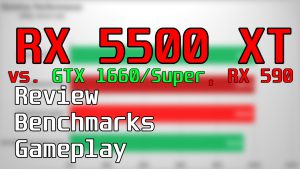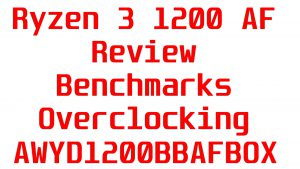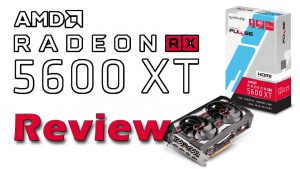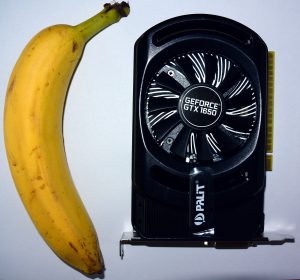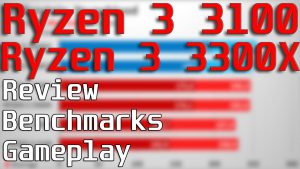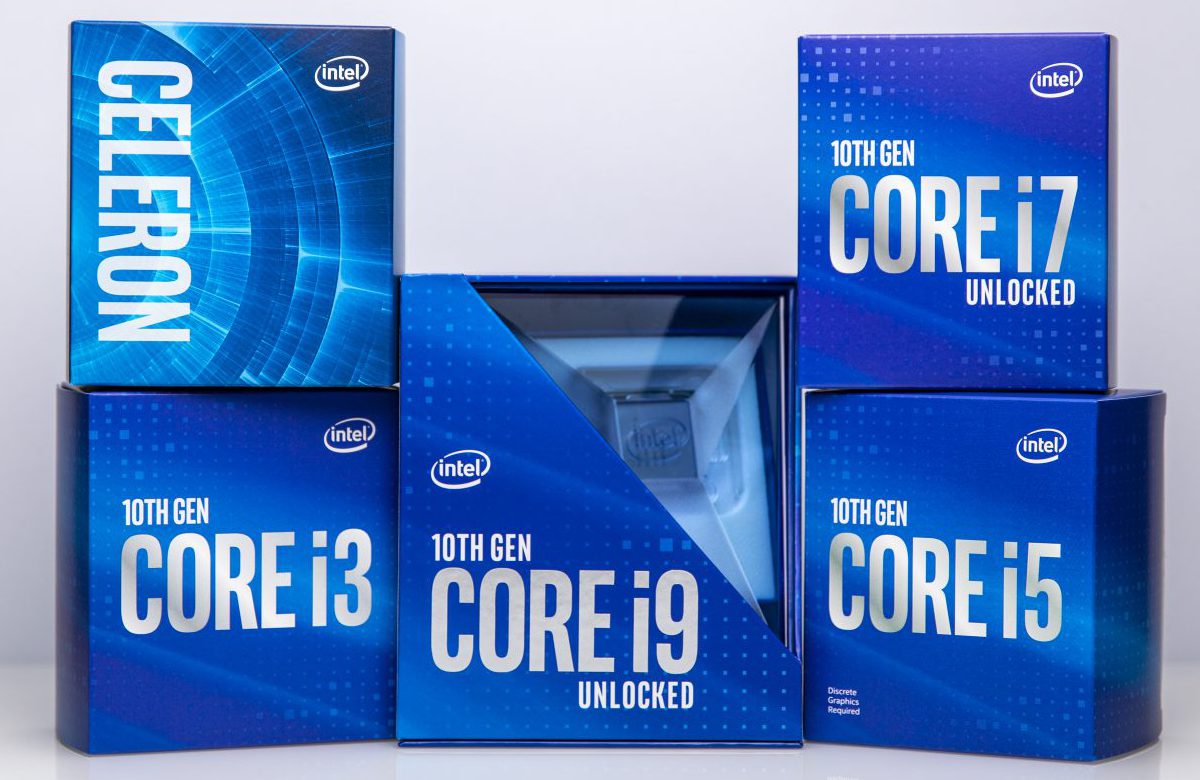
Core i5-10400 and Core i3-10100
But let’s go back to the heroes of our review. We couldn’t sample any of the higher models at launch, so we are stick with Core i5-10400 and Core i3-10100. Which is good in fact as it is ideal as a continuation of the test from our previous review, that of Ryzen 3 3100/3300X, as we already have tested plethora of CPUS in the $100-200 bracket.
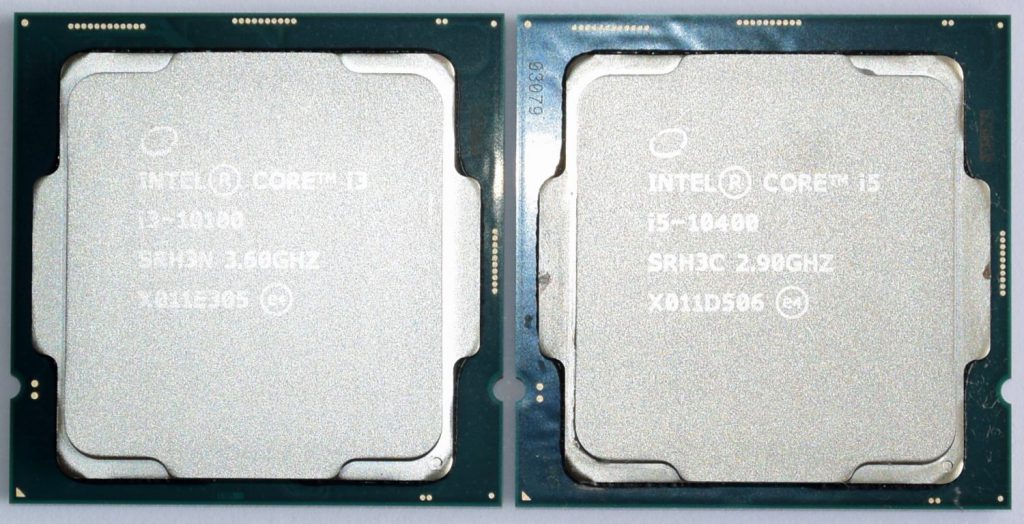
The Core i5-10400 is the lowest tier of the i5 series, and it has 6 cores with 12 threads, due to Hyper Threading Technology, and doesn’t support the new Turbo Boost Max 3.0 and Thermal Velocity Boost technologies, so it is stuck to 4,3 GHz maximum single core clock with 4 GHz all-cores Turbo clock and 2,9 GHz base clock, due to its 65 W TDP. The L3 cache is upgraded to 12 MB. Also, as it is not part of the F-designated series, it has active integrated GPU, which is the same old Intel UHD630, which is barely even capable of any gaming nowadays, but it still offers you the display driving capability if you don’t need 3D performance and don’t care about gaming. Official price for 1000 units is $182 and the F-version with disable iGPU should be $157. The current situation however is that you should expect 20-30 bucks more for it on the market, placing it squarely against Ryzen 5 3600X, and not the probably intended gap between 3300X and 3600. Currently AMD processors are on either in permanent promotion or received unannounced price cut, as it the Ryzen 5 3600X can be found at about 205-210 bucks instead of the original $249 and the 3600-non-X one is for about 170-175 bucks, instead of 200.
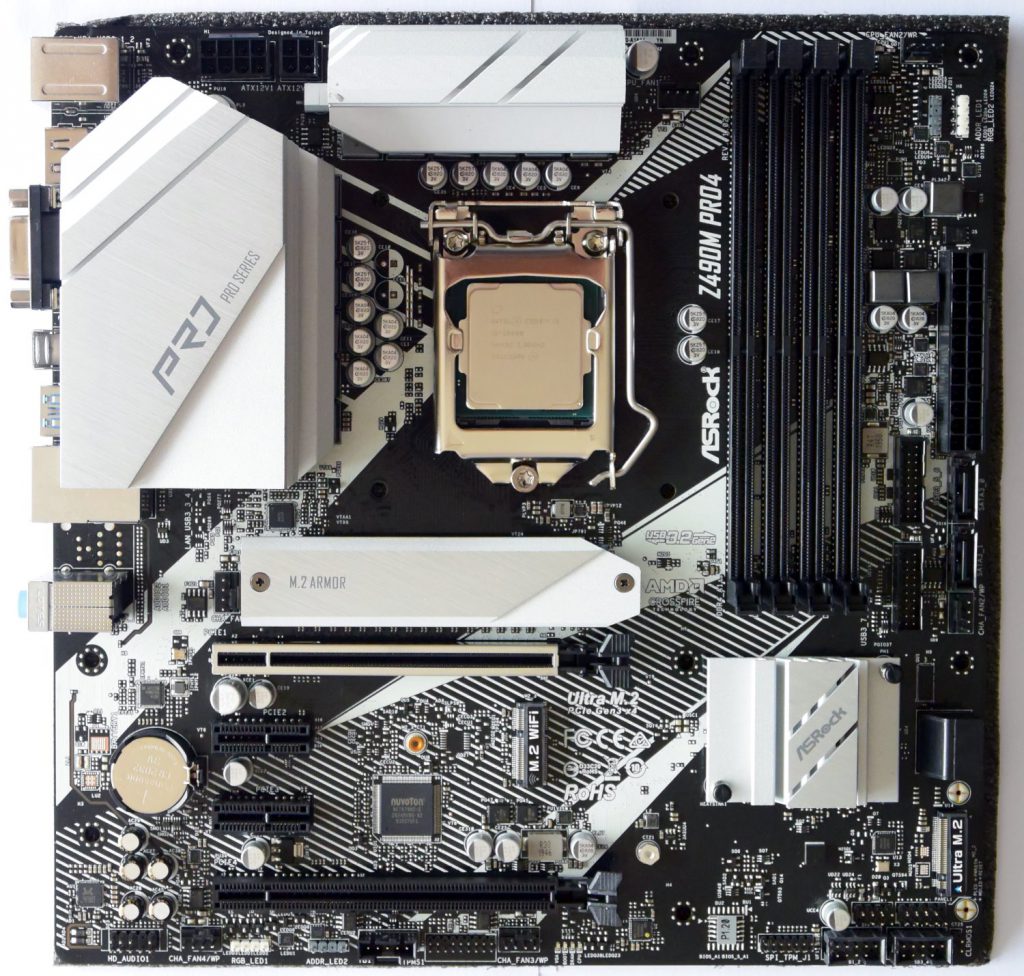
The Core i3-10100 is again the lowest of it’s line. It is 4 cores, again with Hyper Threading, and has similar maximum boost clock to Core i5-10400, 4,3 GHz. The all cores boost is a bit higher to 4,1 GHz and the base clock is notably higher at 3,6 GHz, because it keeps the 65 W TDP, despite having 2 cores less. Also, the L3 cache is halved to just 6 MB. Official pricing is $122 for 1000 piece, but again, ATM it is about 20-30 bucks more. Still the official pricing makes it direct competitor to Ryzen 3 3300X. The iGPU remains the same UHD 630.
Finally, we initially tested the Core i5-10400 with the same DDR4-3200 memory as most of the other processors as we are using a Z490 motherboard. However we decided to test also in the official spec, DDR4-2667, as we think it is way more likely to use the CPU with a cheaper B460 or even H410 motherboard. And they still remain locked for overclocking, so you are stuck with official memory support. The Core i3-10100 was tested only with DDR4-2667, as we don’t see it reasonable to buy a $120 processor and toss it in a substantially more expensive board.
Finally, we recently got a hold of a newly produced sample of Ryzen 5 3600, whih overclocks faster than our old one, giving it the same 4,35 GHz speed as we did got with both Ryzen 3 models. As the overclockability of Ryzen is often touted as a competitive advantage, we overclocked the processor and let it compete with the others. We raised not only the core speed, but also the memory speed to DDR4-3600 CL16. Also for that experiment another cooler was used – ID-Cooling Frostflow X 240, because the regular cooler was unable to keep up with the load from Prime95, used for stability testing.
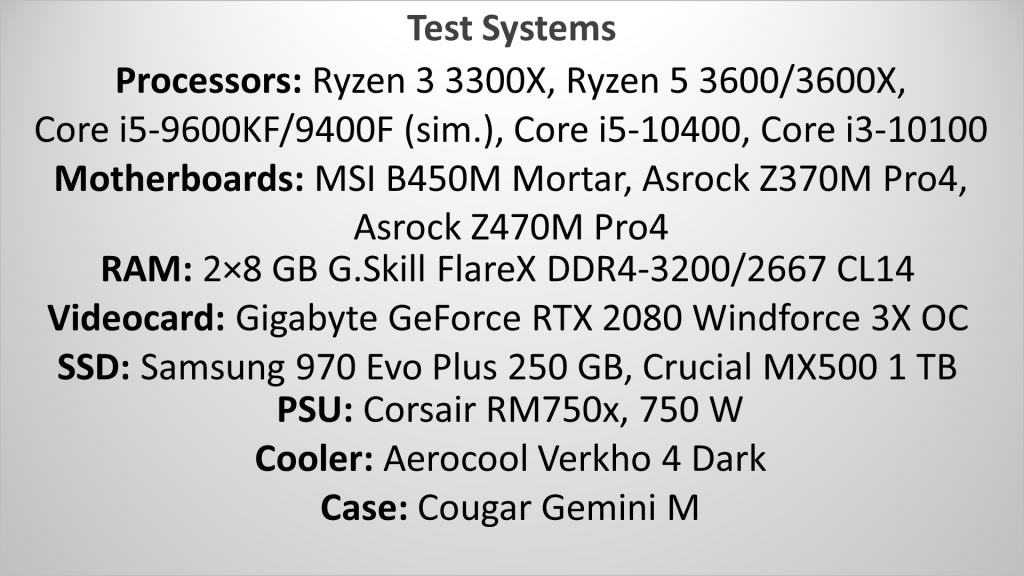
But enough rambling, let’s get to the tests.
